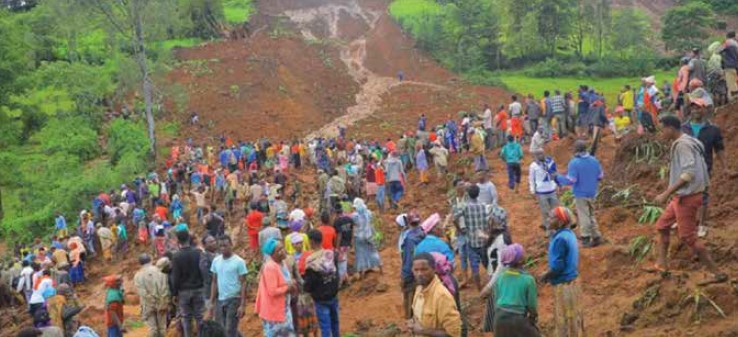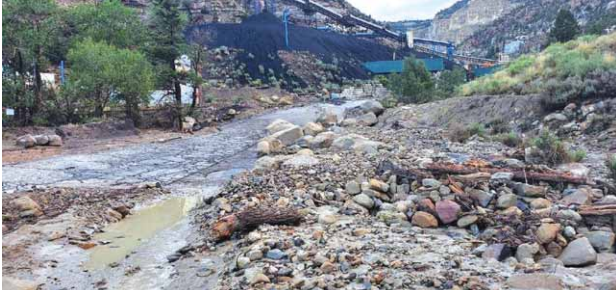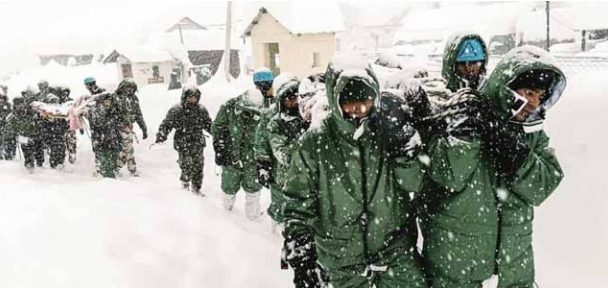In a tragic turn of events, heavy rains on July 21 and 22, 2024, triggered a series of deadly landslides in the mountainous regions of Gezei Gofa Woreda, Gofa Zone, located in Ethiopia’s South Region. Local authorities have confirmed the disaster has claimed at least 236 lives, making it Ethiopia’s deadliest landslide in recent history. The numbers are expected to rise as search and rescue efforts continue. Thousands have been left displaced, and the humanitarian toll is mounting as relief agencies scramble to respond to the crisis.
The affected area has been left in ruins, with over 15,500 people suffering the aftermath of this catastrophe. Among them, communities in Koncho Gozji Kebele and Koncho Wiza Kebele have borne the brunt of the disaster, where more than 14,000 people have lost their homes or livelihoods. Tragically, 30 pregnant or lactating women and one child under the age of five are among the dead, highlighting the profound human toll of this event.
The Ethiopian Red Cross, alongside local authorities and community members, is leading the response in the ongoing search and rescue operations. However, the scale of devastation is immense, with hundreds still unaccounted for, and families are clinging to the hope of finding their loved ones amidst the debris.
This region has faced significant climate extremes in recent years, with both floods and droughts contributing to the growing humanitarian needs. Just months earlier, in May 2024, the same area experienced a landslide that claimed over 50 lives. The recurrence of such disasters underlines the vulnerability of these mountainous communities to the increasing unpredictability of weather patterns.
The response efforts have been swift, but the situation remains dire. At least 600 people have been displaced from their homes, seeking refuge as they await aid and assistance. While local efforts are underway, international support will likely be crucial in addressing the immediate needs of food, shelter, and medical care for those affected.
As Ethiopia grapples with this ongoing crisis, relief agencies are conducting a multi-agency assessment to further evaluate the scale of the damage. The focus now shifts not only to saving lives but also to rebuilding the livelihoods shattered by the disaster. Ethiopia’s resilience is being tested once again, as the country confronts the harsh realities of climate-induced disasters that continue to devastate communities across the region.
The death toll continues to climb, and with each passing day, the need for urgent humanitarian assistance becomes more apparent. In the face of such tragedy, the strength and resolve of the Ethiopian people, as well as the support of national and international organizations, will be critical in navigating the long road to recovery.
Source:
Reliefweb.int






